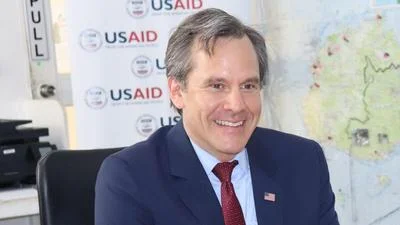The Congressional Record is a unique source of public documentation. It started in 1873, documenting nearly all the major and minor policies being discussed and debated.
“S. 1505” mentioning the U.S. Dept. of Transportation was published in the Extensions of Remarks section on pages E1905 on Oct. 2, 1996.
The publication is reproduced in full below:
S. 1505
______
HON. DON YOUNG
of alaska
in the house of representatives
Wednesday, October 2, 1996
Mr. YOUNG of Alaska. Mr. Speaker, I am pleased to see that the Congress has passed this important legislation. As a member of the Transportation and Infrastructure Committee, I have been involved with efforts to amend and reauthorize the Pipeline Safety Act since last year. This bill is also very important to my home State of Alaska.
S. 1505 achieves significant pipeline safety regulatory reforms. It also recodifies many requirements contained in existing law. I want to emphasize that these recodifications are not intended to diminish or affect the Secretary of Transportation's ability to exercise regulatory discretion.
One of the most important goals of this legislation is to allow the Department of Transportation to build effective partnerships with States, the public, and industry. For example, this bill authorizes the Secretary to conduct risk management demonstration projects. These projects will allow the Secretary and industry to continue to build upon the partnerships they have been developing. We recognize the benefits of allowing pipeline operators to implement individually tailored risk management plans in place of one-size-fits-all Federal requirements.
In addition to the risk management demonstration projects, we expect that the Secretary will continue to exercise flexibility and discretion with respect to the standards and requirements of this bill and of existing law. We recognize that technological progress made by industry may result in alternative and more effective methods to achieve pipeline safety goals. It is not our intent to allow rigid requirements to prohibit the use of these innovations. For example, alternative external inspection devices using x-ray or magnetic flux technology may be more effective and cost-efficient than smart pigs when used on above-ground pipelines, such as those in pipeline facilities on Alaska's North Slope. In these situations, the Department should use the authority it possesses under existing law to exercise the flexibility necessary to achieve goals in an effective manner.
____________________








